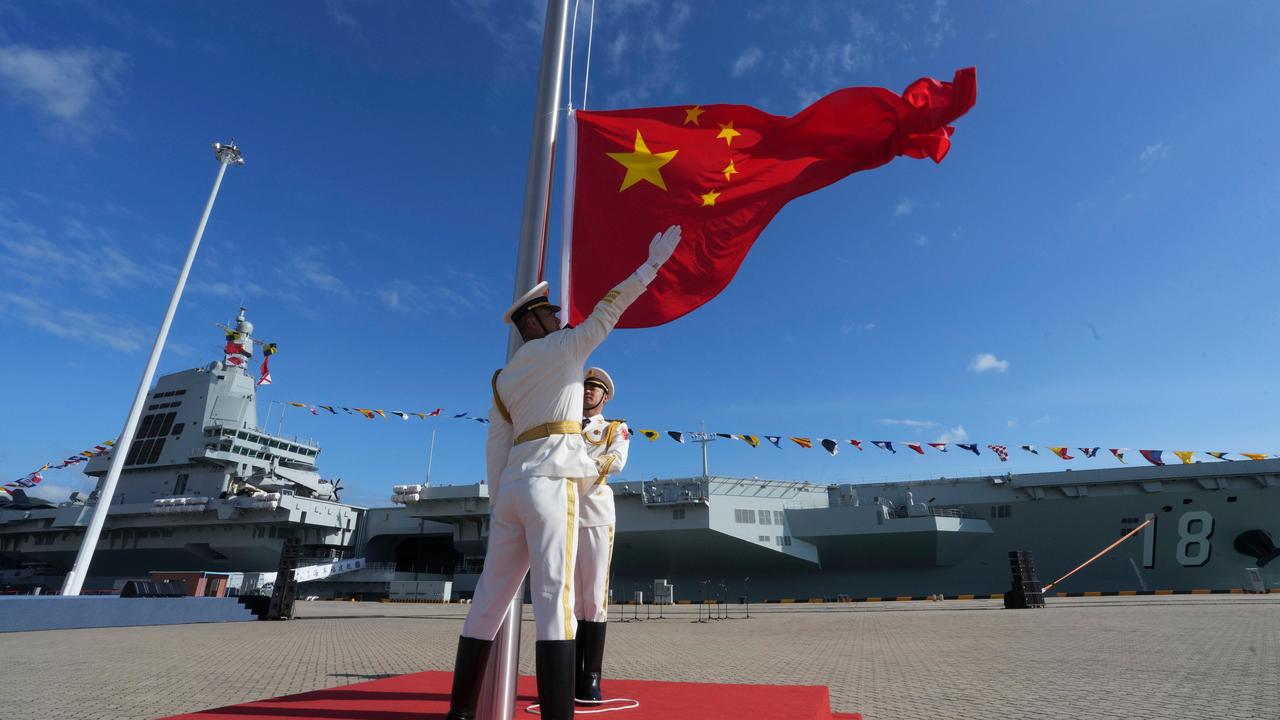BREAKING: China has officially commissioned its new aircraft carrier, the Fujian (Type 003), during a ceremony on November 7, 2025, attended by President Xi Jinping in Hainan province. This marks a significant moment in China’s military evolution, further solidifying its position as a leading naval power.
The Fujian, China’s third aircraft carrier and the first designed and built domestically, represents a leap in military capability. Experts predict it will allow China to extend its influence well beyond its coastal waters, particularly into contested regions such as the South China Sea and the East China Sea.
According to Greg Poling, director of the Asia Maritime Transparency Initiative at the Centre for Strategic and International Studies, “Carriers are key to Chinese leadership’s vision of China as a great power with a blue-water navy,” indicating a clear intent to project military strength globally.
The commissioning of the Fujian comes amid increasing tensions in the Indo-Pacific, where China’s ambitions to challenge US naval supremacy are evident. The Pentagon has previously described China as “the only competitor to the United States with the intent and, increasingly, the capacity to reshape the international order.”
As China aims to assert control over a vast area stretching towards Guam, the Fujian will play a crucial role in its objectives. The carrier’s capabilities include deploying fighter jets far from the mainland, raising alarms about potential military actions against Taiwan, which China claims as its territory.
“China’s military intends to advance its operational capability at distant sea and air by strengthening sea power,” stated Minoru Kihara, a former Japanese defense minister. He emphasized Japan’s commitment to monitoring China’s military activities closely.
China’s military build-up has not gone unnoticed. With the Fujian, the nation is poised to enhance its surveillance and operational reach, thereby extending its strategic perimeter in the region. This development is particularly concerning for neighboring countries, including Japan, which has pledged to respond decisively to any threats.
The Fujian surpasses China’s previous carriers, the Liaoning and Shandong, by employing an electromagnetic launch system, similar to that used on the latest US Navy carriers. This technology allows for more efficient aircraft operations and positions China closer to matching US naval capabilities.
As the global community watches closely, the implications of the Fujian’s commissioning could reshape military dynamics in the Indo-Pacific. With increasing military capabilities, China is not only enhancing its defense posture but also asserting its role on the world stage.
What happens next will be critical. Analysts are urging international stakeholders to remain vigilant as China’s military continues to expand its operational reach, potentially altering power balances across the region.



































































